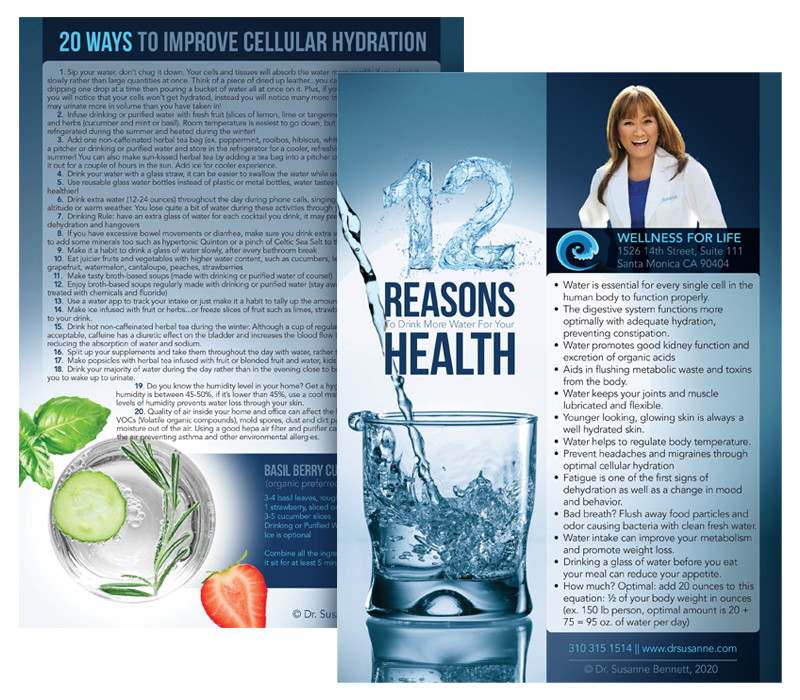 For those of you living the raw food lifestyle, a great alternative to dairy milk is almond or nut milk. I enjoy almond milk in general simply because of the taste and most importantly, because it is dairy free. I recommend all humans after the age of three years old to refrain from all animal milk products (our pancreas stops producing the enzyme lactase after infancy). Recently, I was very excited to hear from my dearest friend Rose, the process of using a nut bag from Rawglow to make your own almond milk from home. Fresh almond milk is milder on the stomach than soy, and allows for gentle, seamless digestion. Almonds are extremely rich in minerals including calcium, magnesium, potassium and copper. They are also very high in vitamin E and selenium, which are excellent anti-oxidants.
For those of you living the raw food lifestyle, a great alternative to dairy milk is almond or nut milk. I enjoy almond milk in general simply because of the taste and most importantly, because it is dairy free. I recommend all humans after the age of three years old to refrain from all animal milk products (our pancreas stops producing the enzyme lactase after infancy). Recently, I was very excited to hear from my dearest friend Rose, the process of using a nut bag from Rawglow to make your own almond milk from home. Fresh almond milk is milder on the stomach than soy, and allows for gentle, seamless digestion. Almonds are extremely rich in minerals including calcium, magnesium, potassium and copper. They are also very high in vitamin E and selenium, which are excellent anti-oxidants.
Here is a step-by-step process to make your own organic almond nut milk. Ideally the overall process requires about 6-8 hours for the almonds stew in water, and 1-2 for it to drain, but you can leave them soaking for less if you’re short on time. Enjoy!
Ingredients:
1 cup of raw almonds (organic preferred)
4 cups of water
1 tsp of pure vanilla extract (optional)
Honey or stevia (optional)
You can also use other ingredients to make different flavored milk such as 2 tablespoons of raw cacao nibs or unsweetened cocoa powder for chocolate milk or add 1 tsp cinnamon and a dash of nutmeg for a cinnamon taste and for chai milk- add 1 tsp cinnamon, ½ tsp garam masala, and 1/4 tsp. nutmeg. For optimal flavor, please add vanilla.
Step 1: Place one cup of almonds in nut bag
Step 2: Seal nut bag and place in one cup of water to steep for 6 to 8 hours.
Step 3: Rinse almonds with water and place in blender with 3 cups of water.
Step 4: Blend almonds for a full minute, or until smooth.
Step 5: Lay sprout bag open in container, and holding it in place, pour the pitcher contents into the nut bag.
Step 6: Squeeze the pulp from the almonds in the nut bag, so the raw almond milk drains into the bowl or container.
Step 7: Add a sweetener for taste, or blend with dates.
Step 8: Use the leftover almond pulp for raw cookie recipes!
References:
http://www.rawglow.com/sproutbag.htm










